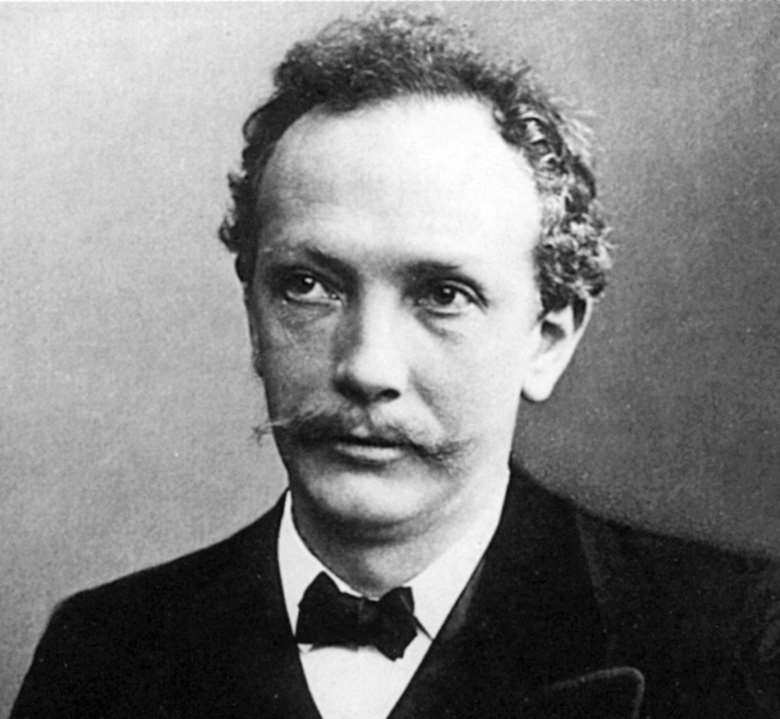‘A supreme melodist’ – the life and legacy of Richard Strauss
Gramophone
Tuesday, January 27, 2015
Richard Strauss was accused of being cold and unemotional, yet his music is anything but. Michael Kennedy – in his final Gramophone article – surveys the composer’s legacy

Register now to continue reading
Thanks for exploring the Gramophone website. Sign up for a free account today to enjoy the following benefits:
- Free access to 3 subscriber-only articles per month
- Unlimited access to our news, podcasts and awards pages
- Free weekly email newsletter







